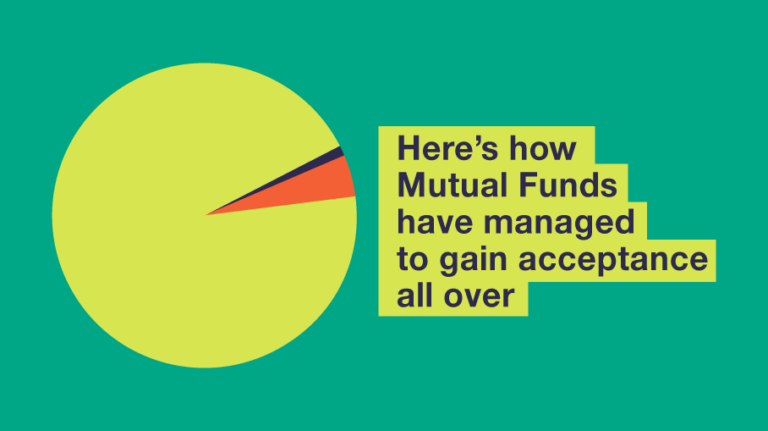Mutual funds and NIFTY ETFs (exchange-traded funds) are two popular options. It is because these financial options endow you with the opportunity to grow your wealth by investing systematically in the stock market. However, what exactly are mutual funds and NIFTY ETFs?
What is a mutual fund?
A mutual fund investment collects funds from various retail investors and invests the same in a diversified portfolio of bonds, stocks, and distinct other securities depending on the type of mutual fund scheme selected. Mutual funds are professionally managed by fund managers who make decisions linked with investment on behalf of you i.e., the retail investor. They come in distinct forms including hybrid funds, debt funds and equity funds, catering to distinct investment goals and risk appetites.
What is a NIFTY ETF?
NIFTY ETFs are formed to replicate NIFTY 50 index performance, which represents the top 50 companies listed on the NSE or National Stock Exchange. Note that when you invest your surplus fund in the NIFTY ETF fund, you are purchasing a basket of stocks that mirror the NIFTY 50 index. Like individual stocks, such funds are traded on stock exchanges, making them easily accessible to you.
Read on to understand the key differences between mutual funds and NIFTY ETFs –
Active vs. passive management
Mutual funds except index funds and ETFs are typically actively managed, meaning a fund manager actively selects and manages the investments in the portfolio. They aim to beat the market benchmark (such as the NIFTY 50 index) through research and analysis.
NIFTY ETFs are passively managed and designed to replicate the performance of a specific index like the Nifty 50. The fund manager does not make investment decisions like increasing or decreasing the weightage of a particular stock. Stock are the same and in the same weightage as the index.
Expense ratios
Typically, active mutual funds have higher expense ratios due to the cost of active management, which can eat into returns.
NIFTY ETFs usually have lower expense ratios as they require less active management. Lower expenses can result in higher returns for investors over the long term.
Liquidity
Under mutual funds, liquidity can be limited as you can only buy or sell mutual fund units at the end-of-day NAV (net asset value) price.
NIFTY ETFs offer intraday trading, allowing investors to buy or sell units at market prices throughout the trading day, providing greater flexibility.
Diversification
Mutual funds offer diversification across various securities, reducing individual stock risk.
While NIFTY ETF tracks a specific index (Nifty 50), it still provides diversification across 50 major Indian stocks that span across various sectors.
Ending note
Both NIFTY ETFs and mutual funds have their merits. The choice between the two largely depends on your financial goals, risk tolerance, and investment strategy. To build a robust investment portfolio, consider the benefits of including both options.
By including both NIFTY ETFs and mutual funds in your portfolio, you can gain exposure to both active and passive strategies. This can allow you to optimize your returns and manage potential risks effectively. However, before zeroing in on a final decision, it is recommended to connect with a financial advisor for prudent suggestions.








